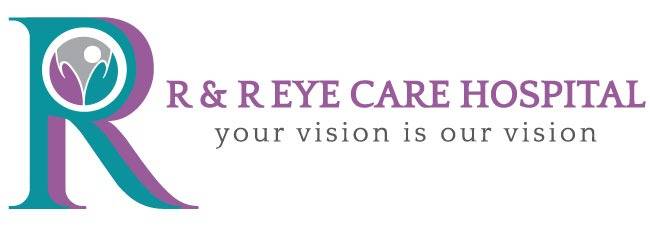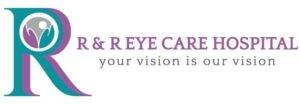After the pterygium is successfully removed, the concerned surgeon will either use fibrin or sutures to optimally secure the conjunctiva tissue graft in its proper place. Both these techniques and options are used to reduce the possibility of pterygium regrowth. Now, let’s address the point of differences between both.
In surgical processes, using dissolvable sutures is often considered a benchmark practice. However, there is a high chance that it can cause more discomfort in the post-surgery or recovery time, with stretches the healing process for several days.
Alternatively, in the case of fibrin, glues drastically reduce discomfort and inflammation while reducing the recovery time by less than half in comparison with sutures. But it is imperative to keep in mind that since this glue is a blood-derived medical product, it carries the risk of transmitting diseases and viral infection. In addition, using fibrin glue can prove to be a more expensive option.


